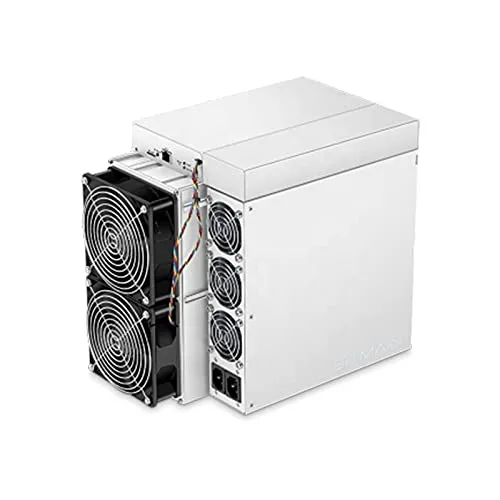Unraveling the Mysteries of Bitcoin Mining: A Deep Dive into the Digital Gold Rush

Introduction:
In the realm of cryptocurrency, Bitcoin stands as the pioneer, the digital currency that disrupted traditional financial systems and sparked a revolution in decentralized finance. At the core of this revolutionary system lies a process that is both fascinating and complex – Bitcoin mining. In this blog post, we will embark on a journey to demystify the world of Bitcoin mining, exploring what it is, how it works, and its significance in the broader landscape of cryptocurrencies.
What is Bitcoin Mining?
Bitcoin mining is the process by which new bitcoins are created and transactions are added to the blockchain, a decentralized and distributed ledger that records all transactions across a network of computers. Unlike traditional currencies issued by governments and central banks, bitcoins are "mined" by individuals or groups of miners who use powerful computers to solve complex mathematical problems.
How Does Bitcoin Mining Work?
Blockchain and Proof-of-Work:
Bitcoin transactions are grouped into blocks, and each block contains a set of transactions waiting to be verified.
Miners compete to solve a cryptographic puzzle known as the Proof-of-Work (PoW) algorithm, which requires significant computational power and energy.
Mining Hardware:
Miners use specialized hardware, such as Application-Specific Integrated Circuits (ASICs) or Graphics Processing Units (GPUs), to perform the complex calculations required for mining.
ASIC miners are highly efficient for Bitcoin mining due to their specialized design, allowing for faster computation.
Mining Pools:
Mining is highly competitive, and individual miners may find it challenging to solve blocks on their own. To overcome this, miners often join mining pools, where they combine their computational power to increase their chances of successfully mining a block.
Rewards are distributed among pool members based on their contribution to the total computational power.
Block Reward and Transaction Fees:
Once a miner successfully solves the PoW puzzle, they add a new block of transactions to the blockchain.
The miner is then rewarded with newly created bitcoins as a block reward. This reward serves as an incentive for miners to continue validating transactions and securing the network.
Additionally, miners can earn transaction fees associated with the transactions included in the block.
Significance of Bitcoin Mining:
Decentralization:
Bitcoin mining plays a crucial role in maintaining the decentralized nature of the network. No single entity has control over the entire process, preventing manipulation or corruption.
Security:
The PoW algorithm ensures the security of the Bitcoin network by making it computationally expensive to attack. The more computational power required, the more secure the network becomes.
Incentive for Participation:
The rewards offered to miners, including newly created bitcoins and transaction fees, serve as a powerful incentive for individuals and groups to participate in the mining process, thereby contributing to the network's stability.
Conclusion:
Bitcoin mining is the backbone of the revolutionary cryptocurrency that has changed the way we perceive and engage with money. As we continue to witness advancements in technology and shifts in the financial landscape, understanding the intricacies of Bitcoin mining becomes increasingly important. It is not just a process; it is a dynamic force that sustains the decentralized and secure nature of the world's first and most well-known cryptocurrency, paving the way for the future of digital finance.
